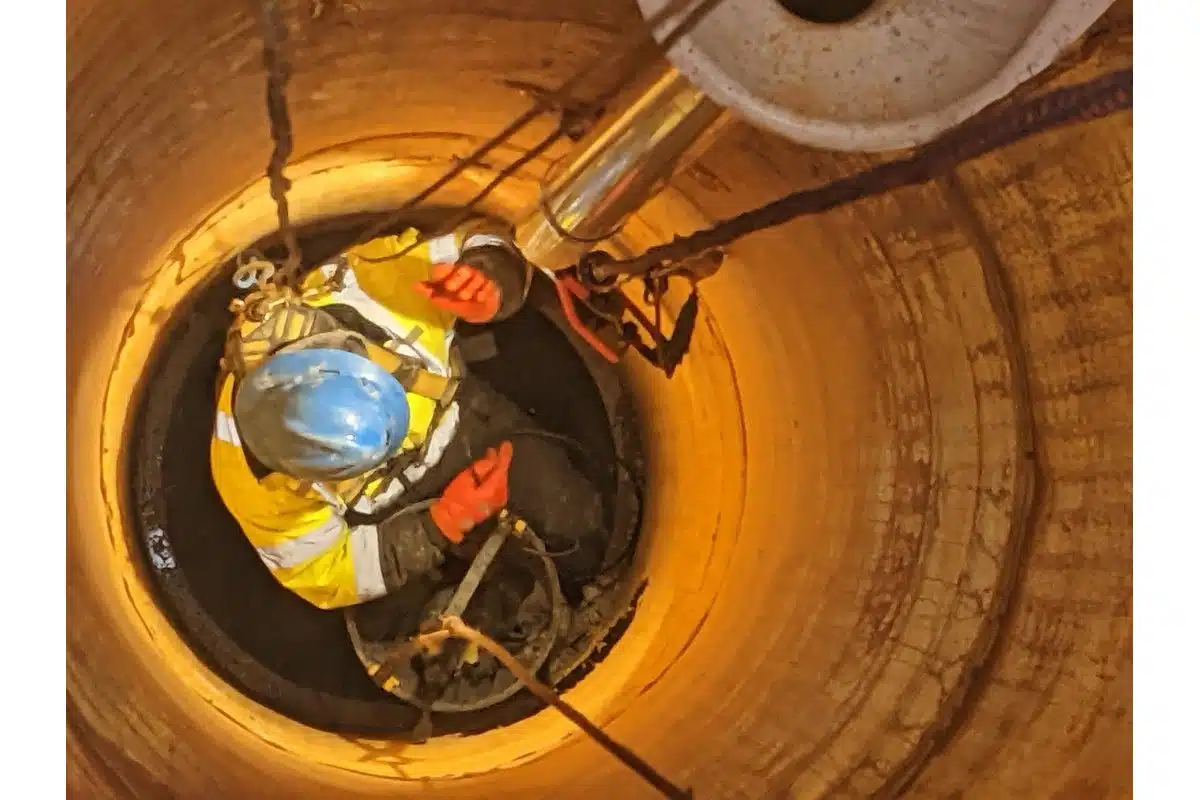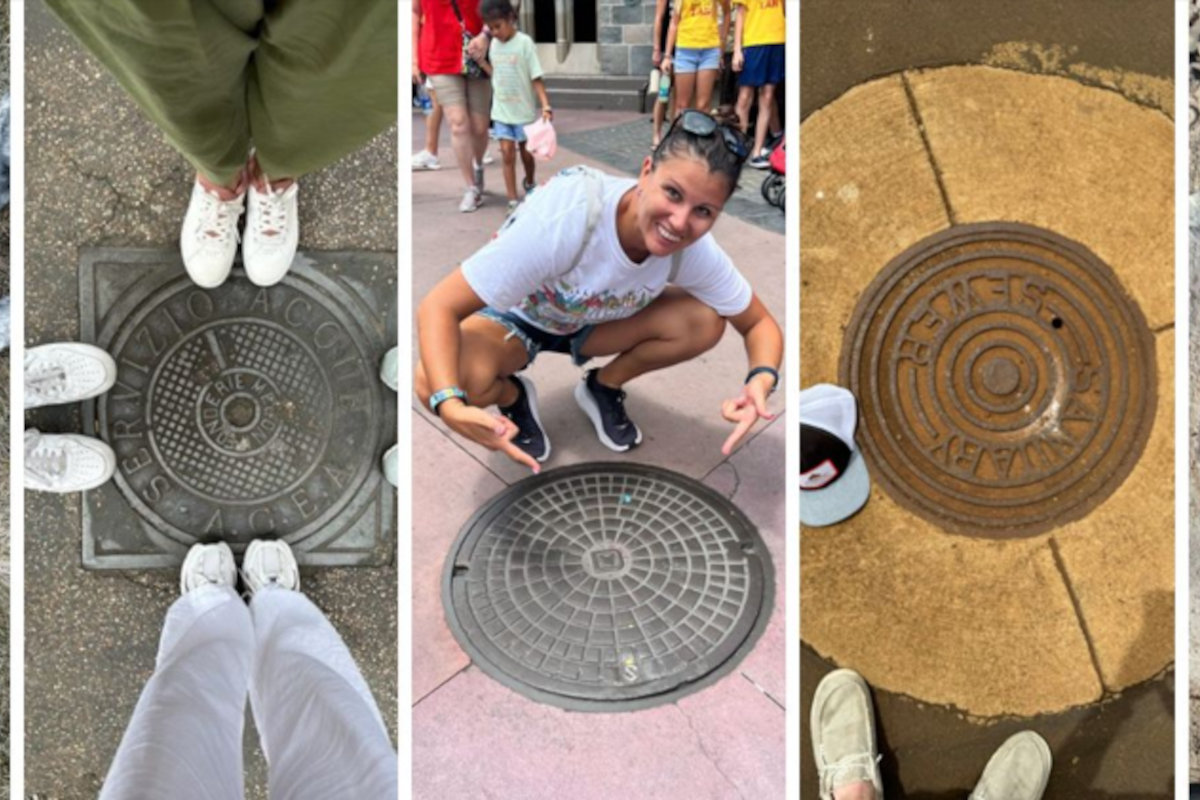
Chicagoland Area Benefits From No-Dig Technologies
Deep dish pizza, Goose Island Brewery, The Second City, Al Capone and Navy Pier are among the many things people associate with Chicago.
The Chicagoland area, the third largest metropolitan area in the United States, is also well known in the trenchless world. It is home to such industry heavyweights as Kenny Construction, a Granite Company, Carylon Corp., Federal Signal Corp., RJN Group, TT Technologies Inc. and LMK Technologies, to name a few. Chicago is also the biennial home of the WEFTEC show, the premier water industry conference and trade show in the world.
RELATED: Vactor HXX ParaDIGm Named a Winner at the 15th Annual Chicago Innovation Awards
Like other major metropolitan areas in North America the underground infrastructure in Chicago is old, deteriorating faster than it can be repaired and securing funds for repairs can delay repairs even further.
The City of Chicago, its suburbs and utilities like Illinois American Water, Peoples Gas, North Shore Gas and the Metropolitan Water Reclamation District of Greater Chicago (MWRD) are all doing their part to maintain and update their systems.

A worker inspects a portion of sewer that is part of the $44 million Salt Creek Intercepting Sewer Rehabilitation project.
Room for Growth
Trenchless technologies shine in these congested urban and suburban areas where the infrastructure is buried well below ground and where open-cut projects mean months or years of delays that many residents abhor. This also equates to continued room for growth to all aspects of the trenchless industry.
“I believe the trenchless industry in Chicago is growing,” says Rick Gage, vice president of sales for LMK Technologies and board member for the Midwest Society for Trenchless Technology (MSTT). “Chicago can be very congested and, therefore, [city officials] cannot afford lengthy delays as trenchless in many cases offers a much quicker solution with less disruption.”
RELATED: Large-Diameter Restrained-Joint PVC Pipe Helps Chicago Suburb Get Relief From Sewer Backups
MSTT is the regional chapter for the North American Society for Trenchless Technology that includes Illinois and is active in promoting the trenchless industry through local seminars and lunch-and-learn events in the Chicagoland area. In 2014, LMK Technologies received the Chicago Innovation Award for T-Liner with Insignia Hydrohat Compression Gasket Sealing System.
“Chicago is looking for a long-term, effective solution, which is what trenchless CIPP offers,” Gage says. “Also, since there are so many buried pipes and manholes needed for rehabilitation, they have a great need for different long-term and effective solutions. Not one trenchless solution will fix a whole city.”
“I would say that by now, most of the work in the City is done trenchless,” says David Yunis, project manager, Kenny Construction. “Very few areas are being open-cut. The majority of the infrastructure —not just in Chicago but also across the country — is in populated centers and in that instance trenchless is less expensive. There is no comparison.”
According to Yunis, Kenny Construction, which is celebrating its 90th anniversary in 2017, has about four to five crews in Chicago working on a long-term sewer and manhole-relining project for the City’s Department of Water Management.
“We go in to a street in Chicago in the morning and by evening, we are done. It is a more convenient and less expensive solution,” Yunis says. “If you have a large water main running under a busy street in Downtown Chicago, there is no comparison between lining that and opening a trench and replacing it.”

Crowded streets, small rights of way and deep sewers are all reasons that trenchless is a go-to solution for underground infrastructure repair and renewal in the Chicagoland area.
Long-Term Projects
In addition to the work for the City, Yunis is project manager on a three-year, $44 million relining project for the MWRD — the largest renewal project in the district’s history. It, however, is not the MWRD’s first foray into trenchless techniques, if you consider the majority of its tunnels were hand-built or used tunnel boring machines when that technology became viable.
“Our first relining project was in 1988. We are always working on something trenchless,” says Carmen Scalise, principal civil engineer in charge of MWRD’s sewer repair project group. “The overwhelming majority of our work is done with cured-in-place pipe (CIPP). It’s the most convenient for our sewers because many of our sewers have irregular shapes and are not perfectly round. We have horseshoe-shaped, egg-shaped, inverted versions of both of those shapes.”
RELATED: Carylon Corp. Partners with JD7 to Offer Asset Management, Inspection Technologies
Though trenchless rehabilitation has taken place at a steady pace since the first project in 1988, since joining the sewer repair project group five years ago, Scalise says MWRD has budgeted about $13.5 million a year in trenchless work. That includes CIPP, channel lining, spiral wound pipe, sliplining, pipe jacking, horizontal directional drilling, microtunneling and most recently the use of geopolymers, epoxies and urethanes. Looking at the next three years Scalise says the MWRD plans to spend about $50 million.
“In 1988 when we started doing trenchless work and we saw that it was a viable method, the goal was obviously to do more trenchless work,” Scalise says. “Today, we have a lot more options to choose from and our goal is to be exclusively trenchless.”
The Kenny Construction project, known as the Salt Creek Intercepting Sewer 2 Rehabilitation, is a multi-year project that rehabilitates approximately 32,800 ft of sewers of various diameters, ranging from 10 in. to 7 ft by 7 ft. The project was awarded in November 2015.
In February 2016, MWRD awarded a $1.23 million contract to SAK Construction to rehabilitate 5,730 ft of 18-in and 100 ft of 21-in. sewer. In July 2016, the MWRD awarded a multi-year $12.4 million contract to Aegion’s Infrastructure Solutions Group to rehabilitate 14,000 ft of 60-in pipeline in Tinley Park, Oak Forest, Cook County Forest Reserve and unincorporated Cook County.
The MWRD covers approximately 883.5 sq miles in Cook County — that’s Chicago and its 128 suburbs. The system has 560 miles of intercepting sewers and force mains that range in size from 6 in. to 27 ft and are fed by approximately 10,000 local sewer system connections. The MWRD transports 1.3 billion gal of water daily from the independently owned and operated sewer systems in the county to the MWRD’s seven treatment plants.
According to Scalise, the MWRD tries to rehabilitate three miles of sewers a year and with the $44 million project, the hope is to increase that number to approximately seven miles a year. Kenny Construction, SAK and Aegion (Insituform Technologies) comprise much of the district’s relining work, though there are other companies coming into the market, according to Scalise.
The Preferred Method
Much of the MWRD’s pipelines are under Illinois Department of Transportation roadways, which means securing right of way agreements can take a while and many of the systems are deep underground — at 40 ft in some instances. These are the reasons that trenchless shines with its minimal footprint and shorter start-to-finish times.
“This project that we are working on for the MWRD is worth $44 million. If it were to be done open-cut, it would probably cost three to four times more,” Yunis says. “The same analogy can be made around the country for trenchless technologies. All around the country our infrastructure is decaying and in need of replacement or renewal. When you consider the cost, the logistics and the impact, the growth of trenchless is unlimited.”
RELATED: Lined Manhole Remains Intact on Collapsed Sewer Line in Chicago
According to Scalise, as the trenchless industry has matured, new technologies emerged and more entities are aware of the benefits, the project lead times have decreased. The Salt Creek project for instance is using geopolymers, which, if all goes well ,will become a regular addition to the district’s trenchless toolbox. With a smaller jobsite footprint than existing CIPP, Scalise says the lead-time for geopolymer projects will be shorter.
In addition to relining work, the MWRD is also embarking on a five-plus year condition assessment project to bring its system to one uniform NASSCO certified spec. Prior to this ambitious project, much of the CCTV inspections were recorded on VHS and without a consistent scoring system, meaning apples-to-apples comparisons of the system were difficult.
“The condition is not as bad as one would think for a 100-year-old system. There are some sections that are in pretty crummy shape, but the overwhelming majority is serviceable but in need of rehab,” Scalise says. “With the condition assessment program, we are trying to get out ahead of the problems versus fixing a section as it fails or after it fails.”
When rating the MWRD’s system against others across the country, Scalise says theirs is on par and not behind the curve.
Networking and Knowledge
To keep up with the latest trends the MWRD sends a contingent of employees to local Illinois Water Environment Association (IWEA) seminars and national conferences including NASTT No-Dig Show and WEFTEC, as well as the Rapid Excavation & Tunneling Conference (RETC) and North American Tunneling (NAT) on the tunneling end.
“We go to listen to case studies for newer technologies,” Scalise says. “It helps hearing these guys, seeing the photos and understanding the limitations of the products.”
Networking is also beneficial for the MWRD employees. Scalise can make connections and later pick up a phone and talk to a peer rather than rely solely on Internet research and guessing on the performance of a product.
“As infrastructure continues to decay, trenchless becomes a very powerful solution at one-third to one-fourth of the cost of open-cut,” Yunis says. Based on that, he adds, “It is a growth environment. The future of trenchless in Chicago is unlimited.”





